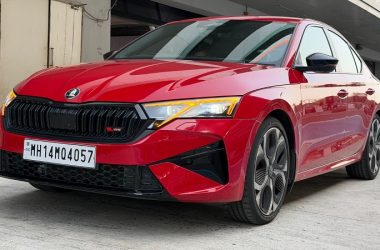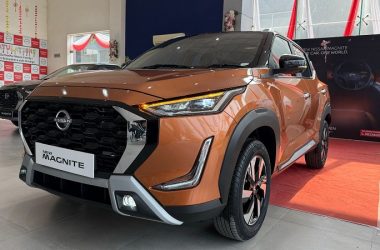New Delhi, March 15, 2024 – In a bold move to revolutionize the automotive industry, the Indian government has announced a series of initiatives aimed at bridging the gap between electric vehicles (EVs) and internal combustion engine (ICE) vehicles. These initiatives, including the latest Scheme to Promote Manufacturing of Electric Passenger Cars in India, are designed to attract significant investments from global EV manufacturers and establish India as a premier destination for electric vehicle production.
Government Incentives to Drive Electric Vehicle Adoption
The Scheme to Promote Manufacturing of Electric Passenger Cars in India, notified on March 15, 2024, is set to play a pivotal role in this transformation. Approved companies under this scheme can import up to 8,000 completely built units (CBUs) of electric four-wheelers (e-4W) annually at a reduced customs duty of 15%. This is contingent upon the companies setting up manufacturing facilities for e-4Ws in India with a minimum investment of ₹4,150 crore. The scheme is expected to attract global EV manufacturers, boost local production, and foster a robust EV ecosystem in the country.
Additionally, several other government schemes and initiatives are complementing this effort:
- FAME-India Scheme: The Faster Adoption and Manufacturing of (Hybrid &) Electric Vehicles in India Scheme has been pivotal in accelerating EV adoption across the country.
- Electric Mobility Promotion Scheme 2024 (EMPS): This scheme aims to further bolster the electric vehicle sector by offering incentives and support to manufacturers.
- Production Linked Incentive Schemes: The PLI-Automobile and Auto Component Industry (PLI-AAT) and PLI for Advanced Chemistry Cell (PLI-ACC) are designed to encourage the production of high-quality auto components and advanced batteries, respectively.
Additional Measures to Encourage EV Usage
The Indian government is not only focusing on manufacturing but also on making electric vehicles more affordable and accessible for consumers. Key measures include:
- Reduced GST: The Goods and Services Tax (GST) on electric vehicles and chargers/charging stations has been slashed to 5%, making EVs more cost-effective for buyers.
- Green License Plates and Permit Exemptions: The Ministry of Road Transport & Highways (MoRTH) has introduced green license plates for battery-operated vehicles, which will be exempted from permit requirements, simplifying the regulatory process for EV owners.
- Road Tax Waivers: MoRTH has also issued a notification advising states to waive road tax on EVs, further reducing the initial cost and encouraging more consumers to switch to electric vehicles.
These comprehensive measures were detailed by the Minister of State for Heavy Industries and Steel, Bhupathi Raju Srinivasa Varma, in a written reply to the Lok Sabha today. The government’s proactive approach underscores its commitment to a cleaner, greener future and positions India as a global hub for electric vehicle manufacturing.
Impact and Future Prospects
The initiatives are expected to have a substantial impact on the Indian automotive industry, accelerating the transition from ICE vehicles to EVs. By reducing costs and creating a favorable investment environment, the government aims to achieve its ambitious target of increasing the share of electric vehicles in the overall automotive market.
Industry experts believe that these steps will not only reduce India’s carbon footprint but also enhance energy security by reducing dependence on fossil fuels. Furthermore, the development of a robust EV manufacturing infrastructure will generate employment opportunities and drive economic growth.
As India accelerates towards an electric future, the government’s multi-faceted approach serves as a blueprint for other nations looking to make a similar transition. The gap between EV and ICE vehicles is set to narrow significantly, heralding a new era of sustainable and eco-friendly transportation in India.







